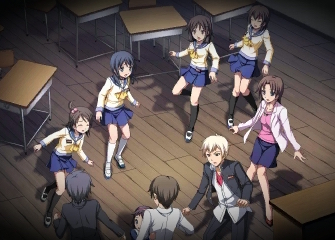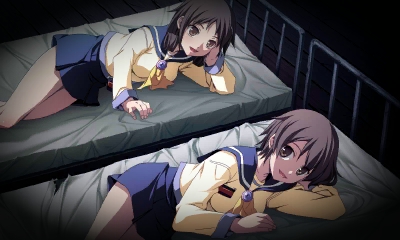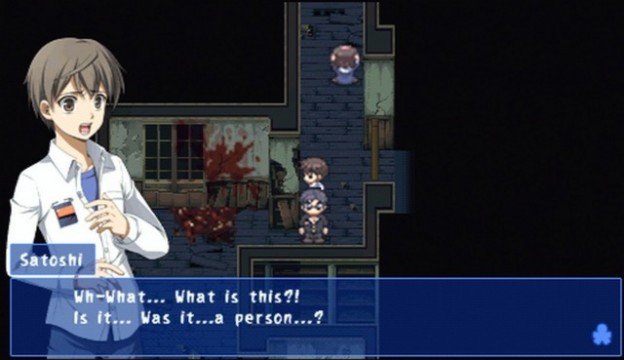At first glance, Corpse Party appears to be fresh out of RPG Maker’s digital oven. It was exactly that on its first release, in fact, and this enhanced port doesn’t care to apply a façade by sprucing it up too much. Conventional wisdom says executing a dark and terrifying atmosphere in 2016 with the limitations of big-headed sprites and flat 2D tiles would be a Herculean achievement, but that doesn’t stop this one from being thoroughly upsetting.
Orson Welles once said the enemy of art is the absence of limitations and that rings true for Corpse Party. A game made decades ago on outdated RPG Maker software is as successful in achieving its vision today as it always was because the creator used the limited palette effectively. The reliance on imagination and familiarity with Japanese horror influences present in Corpse Party aren’t going to resonate universally, but some of that horror defies cultural barriers and speaks to the human condition.
– Clark A.
Anime Editor













